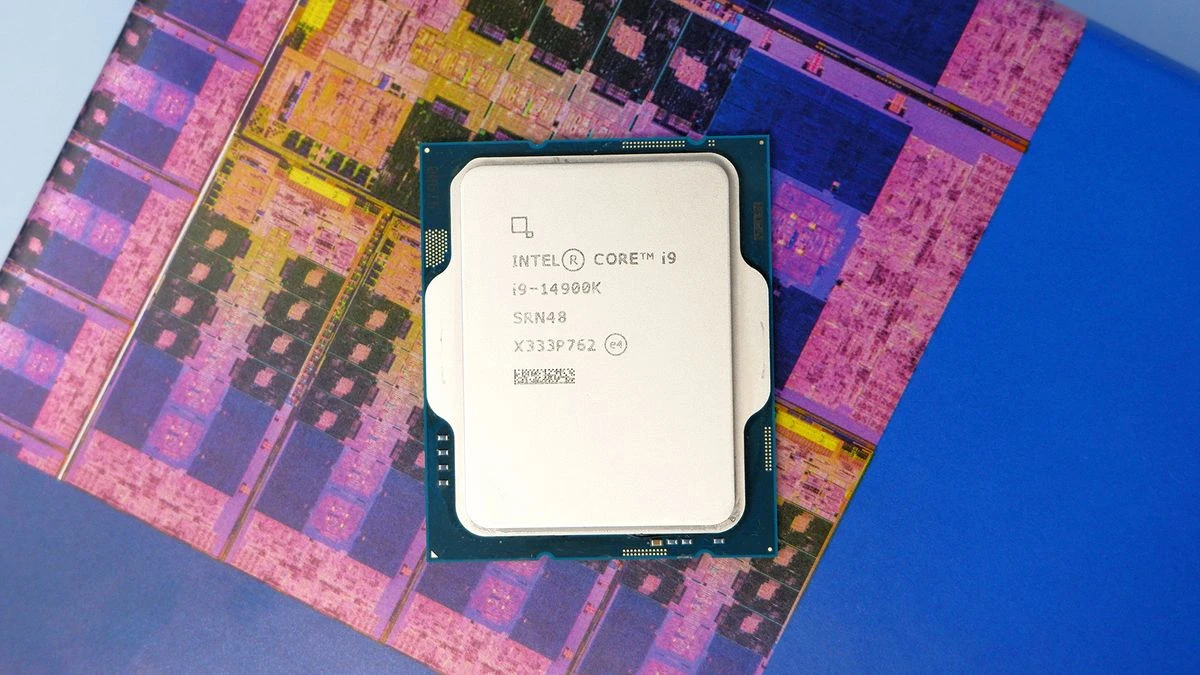Simulated CPU speedrun ends in a working processor after only six hours
The concept of speedrunning is well-known to most of us. It involves completing a game or a level in the shortest time possible. This is the first time that I've seen the same treatment given to a CPU build, as Hackaday author Julian Scheffers managed to simulate a functioning CPU from scratch in Logisim within six hours.
The project was named Stovepipe because it needed a quick name, and not a reference to the popular top hat style of the 19th century. Scheffers claims that Stovepipe hardware was built in less than four hours. The extra two hours were spent building the assembler.
The ISA was created by removing things that were not strictly necessary. This resulted in eight major opcodes being represented with over 512 bit, which is far less than Sceffer's previous 8192-bit processor, the GR8CPU.
The end result is described as "an exercise of minimalism". It features only 256 bytes RAM, zero I/O port, and an accumulator that serves as the sole user-accessible register. The instructions are described as requiring one cycle to fetch, and between one to three cycles to execute.
The 32 registers of Boa32, Scheffer's previous build, make the pared-down version slower. It did, however, outperform GR8CPU due to the fact that only one cycle is needed to load an instruction compared with GR8CPU’s three. Boa32 looks more like a Ryzen 7 X3D thanks to its separate address and data buses and pipelined architecture.
There's also the time factor. Scheffers estimates Boa32 took two months to complete, while this build was put together in a single six-hour session.
While it's not quite a record holder (to its creator's knowledge) in terms of performance in relation to size, it's still a massively impressive achievement--particularly to someone like me who's eyes begin to cross simply explaining the build, rather than making one for myself.
Scheffer says they will record the time with a speedrun timer if they try to make a Stovepipe 2. But even if you take their word for it, this is a great example of processor technology pushed to its limit. It's doubtful that designing and simulating an actual CPU in a short time frame is practical, but it is impressive nonetheless. Pretty mind-boggling, if you ask me.




Comments